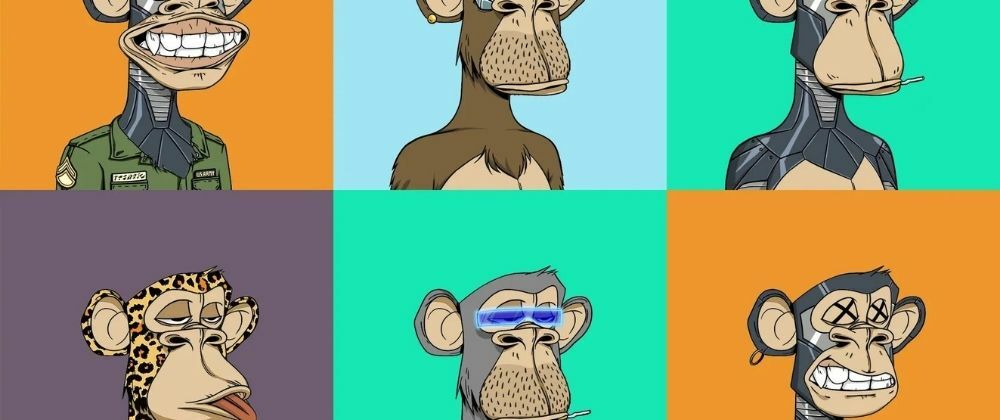Recently I started to explore the world of NFTs and web3 as I consider what new skills I want to grow for the future. I looked at the ecosystem from two different perspectives:
- As a indie maker, what models could I participate in to generate a ROI for a small effort?
- As an engineer who builds products to scale for companies, does any of this tech create mainstream adoption opportunities? Could my 91 year old grandfather intuitively participate?
Based on those two perspectives, I would evaluate the technologies and user experience at play in order to make my conclusions.
What I learned after one week
- NFTs are more than just art. .eth domains are NFTs (domains are definitely a valid use case!)
- These "art collections" are often times pragmatically generated. You feed a process a set of layers and the process will generate a series of images using different combinations of the layers.
- There is a large ecosystem which can connect to your wallet and read your NFTs. For art NFTs, these services can help transform the image onto other mediums, like print.
- You can hire professional services that specialize in creating these layer sets for a NFT art collection. A couple hundred dollars can be invested into a set of layers to create 100 NFTs.
- Not every "NFT" is selling for $100,000s of dollars. You can buy quality designs for as low as $5.
- Fees are an entry barrier to participate in the ecosystem. I'm not sure what the fee is like for a Bored Ape transaction, but paying $25 in fees for a $5 jpeg means this $30 jpeg has to provide significantly more value than just being a profile picture.
- In addition to the Ethereum network, other networks are increasing in adoption which promote themselves as more cost efficient.
- These more "cost efficient" networks also wanted to charge me 3x the fee for buying the same amount of coins in USD compared to ETH.
- The moment trackers identify that you've been to a NFT marketplace, your ads are going to immediately reflect that. Marketing is annoyingly loud.
- There are A LOT of opinions visible in public squares, and the majority stink.
My Conclusions
Regarding the technology, I arrived at two distinct conclusions:
- The concept of the wallet is huge, enabling universal interoperability across apps for digital assets has a lot of advantages and I can see it enabling an entirely new class of tools for users.
- The networks hosting these tokens are an entry barrier to mass adoption. For this type of technology to succeed, it would need to reduce transaction costs to a percentage of the sale & be hidden from the user, similar to how credit cards receive a cut. Also, do we really need every class of transaction on a singular, transparent ledger?
As an indie maker, I may try to bring an NFT art collection to market. It's a relatively small gamble with my pool of funds to commission a collection, but there's other factors to consider - like marketing and expectations of what this asset will deliver in the future.
As a veteran technology professional, I still don't see a practical path forward to mass adoption. I think there's concepts that have strong potential, but the current implementation is prohibitive to scale.
Wallets are great. Tokens are great. Paying $30 by the end user to get the token in their wallet is bad. That creates a barrier for many classes of tokens that could be conceived, as the content is hard to justify at the level of cost.
Given my background with OIDC & JWTs, my working theory going forward is that the mass adoption model won't rely on a central blockchain to deliver universal interoperability from a wallet. Instead, you'll have independent issuers who will issue tokens according to a contract, and apps can interact with those tokens either openly, or using a white list of approved issuers. The tokens would have a reference back to the issuer, where the application could verify the authenticity of the token.
It's something applications already do, just we're not giving the user the token to hang onto in a wallet.







Oldest comments (0)